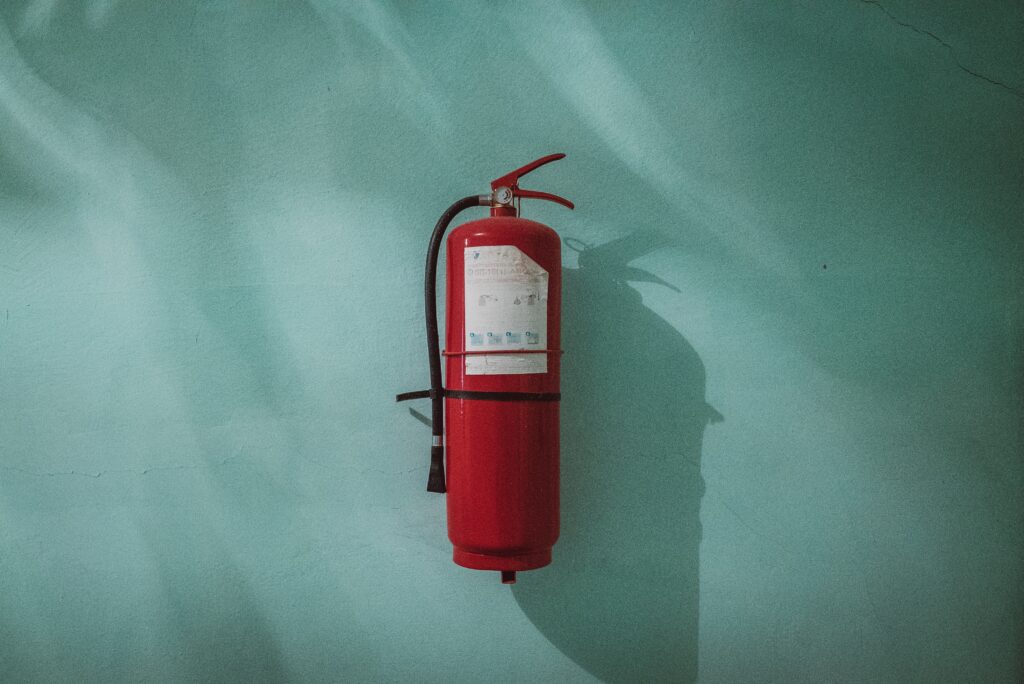
Diagnosing Emergency Light Failures: Common Issues and How to Fix Them
Maintaining emergency lights is crucial for keeping your building safe and compliant with regulations. If these lights fail during an outage or

Fire safety is a critical consideration for both homes and businesses. Having the right fire extinguisher on hand can mean the difference between a minor incident and a major catastrophe. But with various types of fire extinguishers available, how do you choose the right one for your specific needs? This guide from fire extinguisher suppliers near me will walk you through the process of selecting the appropriate fire extinguisher to ensure the safety of your space.
Fire extinguishers are classified based on the type of fire they can effectively put out. There are five main classes:
Before selecting a fire extinguisher, assess the potential fire risks in your space. A home kitchen might have a higher risk of grease fires, while a workshop may have combustible materials. For a business, consider the nature of the work, equipment used, and the presence of flammable substances.
Based on your assessment, choose the fire extinguisher type that aligns with your identified risks. A home kitchen should have a Class K extinguisher, while a garage might require a Class B/C extinguisher due to potential flammable liquids and electrical equipment.
If you’re unsure about the specific fire risks or anticipate a variety of potential hazards, multipurpose fire extinguishers (ABC extinguishers) are versatile choices. These can handle Class A, B, and C fires, making them suitable for many home and business settings.
Placement is crucial for effective fire response. Ensure that fire extinguishers are easily accessible and visible. For instance, a kitchen extinguisher should be within reach, but not too close to the stove where it could be inaccessible during a fire.
Fire extinguisher companies near me offer fire extinguishers in different sizes and weights. Consider the physical abilities of potential users. A larger extinguisher might be difficult for some individuals to handle, so balance the extinguisher’s size with the strength of those likely to use it.
Regular maintenance is key to ensuring your fire extinguisher’s functionality. Check the pressure gauge monthly and have a professional inspection at least once a year. Look for certification marks from recognised agencies like UL or FM, which indicate that the extinguisher meets industry standards.
Having the right fire extinguisher is essential, but knowing how to use it effectively is equally important. Consider offering fire safety training to your family members or employees, teaching them the proper use of extinguishers and the P.A.S.S. technique (Pull, Aim, Squeeze, Sweep).
As your home or business evolves, so might your fire risks. Regularly reassess your fire extinguisher needs and make adjustments accordingly. If you remodel or add new equipment, your fire safety plan should adapt as well.
By following this guide, you can make informed decisions that prioritise the safety of your home or business. For a fire extinguisher wholesale price list, talk to a supplier today.

Maintaining emergency lights is crucial for keeping your building safe and compliant with regulations. If these lights fail during an outage or

Installing smoke alarms is essential for keeping commercial and residential properties safe. But not every space allows for traditional wall drilling. Perhaps